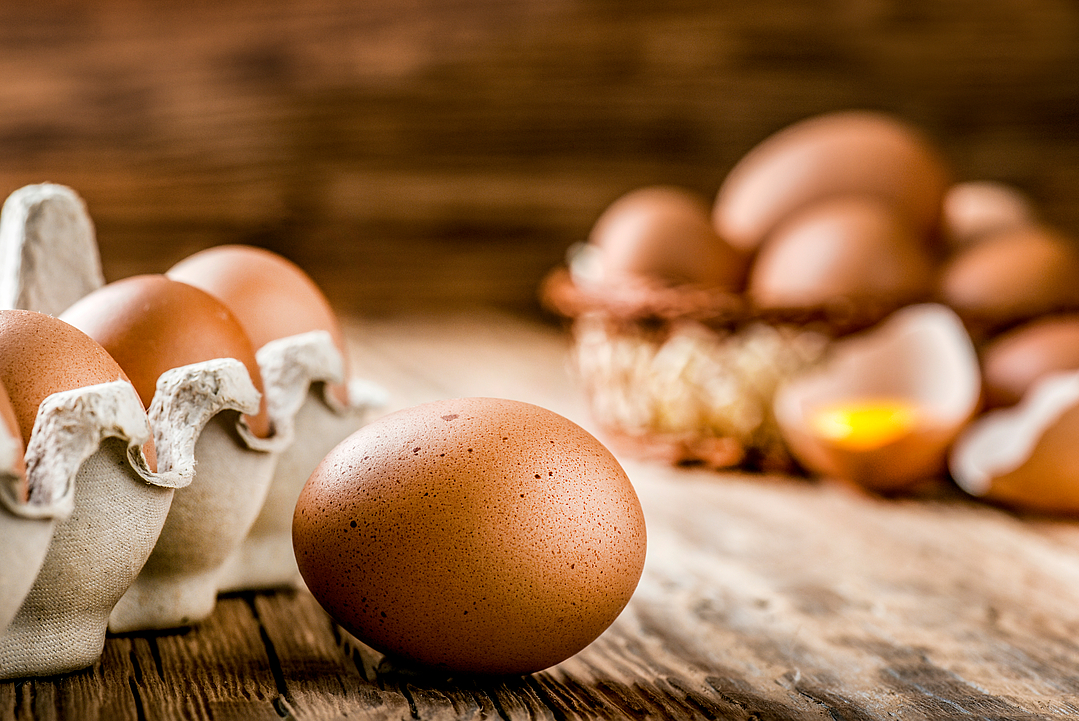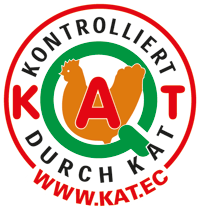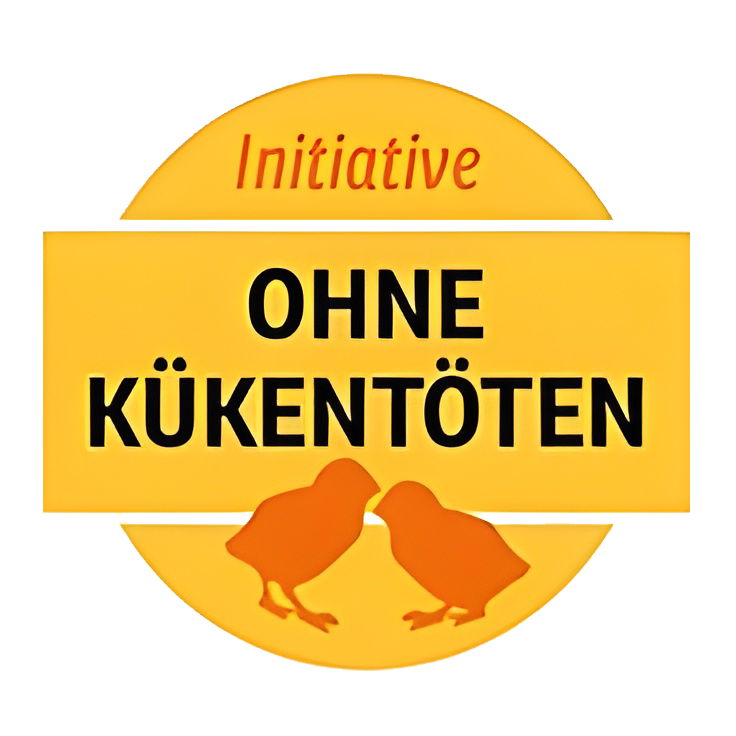
Eggs
Relevance and scope
In Germany alone, about 217 eggs are consumed on average per capita every year, which means that millions of hens must serve the production industry. That over five million laying hens still spend their lives in cages is a fact. The majority of chickens are free-range or barn animal. To date, only a small proportion of hens are able to enjoy organic farming.
A conventional, cage egg is significantly cheaper. What this does not reveal, however, is the fact that the egg has a much higher cost in its life cycle assessment and thus for the environment than an egg from alternative poultry. Society is rightly calling for the abandonment of eggs from the dreadful conditions in which they are kept in cages, but unfortunately they are increasingly being used in processed form in products and are therefore unknowingly purchased or consumed by consumers. The ZHG would also like to improve the handling of laying hens and make it more sustainable. The following statements on the current situation and future vision apply to all items under the responsibility of the ZHG that contain hen's eggs in any form* in the recipe.
*However, the food additive lysozyme E 1105 is excluded from this. This natural egg-derived enzyme is used as a preservative in the food industry.

KAT
The mark of the Association for Controlled Alternative Animal Husbandry (KAT) stands for quality assurance and traceability. During regular, unannounced inspections, husbandry conditions, feed, drinking water, hygiene and eggs are checked for compliance with recognised, strict standards.
A database-supported quantity flow control system enables the continuous tracking of every egg from the laying farm to the sales shelf.
Without killing chicks
Every year in Germany, countless chicks are killed immediately after hatching - the reason: they are male chicks. Rearing male chicks or breeding for "laying performance" is not worth it for economic reasons. They are gassed or shredded only a few hours after birth. They are then sold as animal feed or frequently disposed of as waste product.
There are two approaches to stop this process:

Endocrinological procedure
Here, fluid is removed from the egg without damaging the interior. The sample is then analysed and the sex is determined based on the DNA or hormones.
Spectroscopic procedure
With this procedure, the sex of the embryo is determined by reflected light using the fluoroscopy of the hatching eggs.
Both methods achieve the same result: the eggs are incubated and then the sex is determined. The male chick embryo is killed after determination of its sex. Strictly speaking, it is therefore not an alternative to killing, but a postponement of the time of killing to the embryonic stage. Inevitably, therefore, no change to the overall system is achieved using the two methods. Sex determination can only be carried out on the 7th to 9th day of incubation. In this case, the embryo has already developed sensory capabilities and, according to current scientific knowledge, the ability to feel pain.
Another approach is called "dual-purpose chickens" and refers to the rearing of male sibling chickens:
with this approach, the female chicks grow up with the males. The females are reared as laying hens and the males as broilers. With dual-purpose breeds, the hens lay significantly fewer eggs and the cocks require considerably more time to gain weight than in conventional fattening lines. Feed consumption is also higher, which is why production costs are significantly higher. This price difference is financed by a surcharge on the eggs of the sibling hens. For more animal welfare and respect for male chicks, the price increases by about 4 cents. This means that a chick's life can be saved with just a few cents.
Measures
Implemented
KAT: Since the end of 2020, all shell eggs have been certified by KAT.
No chick killing: From January 1, 2022, the killing of hatched day-old chicks will be prohibited by law in Germany. Since 09.08.2021, “Jeden Tag” has already switched its entire range of shell eggs to eggs that are reared without killing chicks.
In the short term
KAT: By the end of 2023 at the latest, all products that list egg as a valuable ingredient in their list of ingredients must at least come from barn rearing and be certified by KAT. Products with egg components must be barn-raised as a minimum.
Long-term goal
Chick-free: In the long term, our aim is to completely eliminate eggs or egg components from suppliers that do not carry our “chick-free” seal from “Jeden Tag”. This means that every item that contains eggs in any form should be completely free of eggs that do not comply with the “No Chick Killing” initiative.
